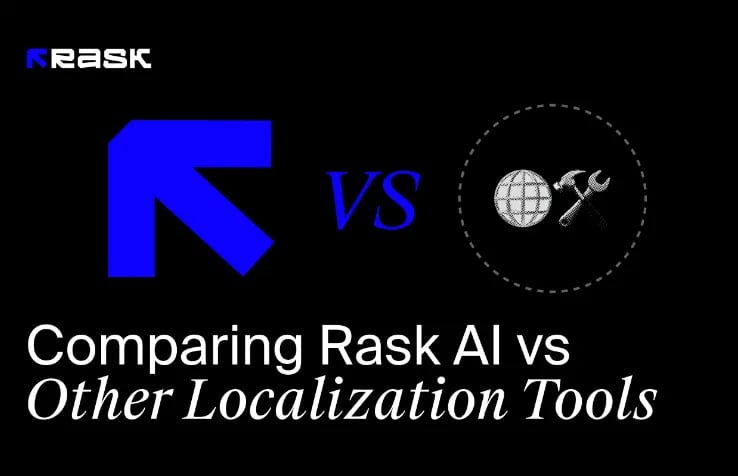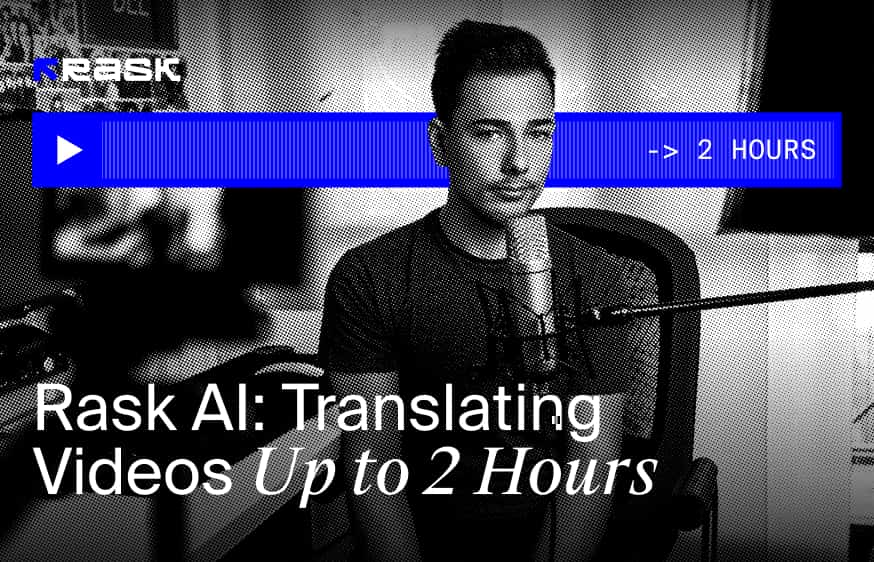상위 5가지 AI 더빙 서비스 & Rask AI의 VoiceClone 언어 업데이트
더빙은 2023년 비디오 및 오디오 콘텐츠 제작에서 널리 사용되는 방식입니다. 더빙은 영화나 오디오의 원본 대사를 새로운 오디오로 대체하는 프로세스입니다. 동영상에서 재생되지만 콘텐츠와는 별개로 재생되는 보이스오버를 생성하는 것과 달리, 더빙의 목표는 대사를 최대한 정확하고 유기적으로 대체하는 것입니다.
더빙은 비디오 업계에서 인기를 얻고 있으며 매우 복잡한 프로세스이기 때문에 큰 비용을 들이지 않고도 더빙을 통해 결과를 얻을 수 있는 방법이 궁금할 수 있습니다. 전문가를 고용할 수도 있지만, 기술 시장에서는 프로세스를 간단하고 비용 효율적으로 만들어주는 다양한 더빙 및 로컬라이제이션 도구를 제공합니다. 선택의 폭이 넓기 때문에 현재 더빙 프로세스를 위한 최고의 도구 5가지를 살펴볼 수 있도록 이 가이드를 만들었습니다.
더빙 유형
하지만 전략을 세우기 전에 몇 가지 유형의 더빙에 대해 간단히 살펴보겠습니다: 여기서는 언어 더빙과 자동 대화 대체(ADR) 더빙에 대해 설명하겠습니다.
언어 더빙
이것은 대부분의 크리에이터가 가장 익숙한 더빙 유형입니다. 가장 쉽게 시작할 수 있기 때문입니다. 두 가지 유형의 더빙의 과정과 목표는 원본 오디오를 교체하는 것으로 동일합니다.
그러나 언어 더빙은 원본 오디오 전체를 대체하므로 최종 결과물은 로컬라이제이션을 위한 새로운 언어로 제공됩니다(예시).
ADR과 달리 정확도가 떨어집니다. 비디오나 오디오에 사용된 새로운 언어가 원래 말했던 소리와 다른 단어와 정확히 일치하지 않을 수 있기 때문입니다.
ADR
ADR은 사람의 개입이 전혀 필요 없는 자동화된 프로세스가 아니기 때문에 '자동'이라는 단어가 혼동될 수 있습니다. 이와는 대조적으로 이러한 유형의 더빙은 디테일과 타이밍에 많은 주의를 기울여야 합니다.
ADR은 음질이 좋지 않은 오디오를 대체하는 데 가장 일반적으로 사용됩니다. 예를 들어 배경 소음이 너무 많은 동영상이 이에 해당할 수 있습니다. 이러한 유형의 더빙은 대본을 변경하거나 욕설을 대체하여 가족 친화적인 버전의 영화를 개발할 때에도 동영상에 많이 사용됩니다.
보이스 더빙 도구의 목적과 작동 방식
다양한 앱을 통해 더빙을 할 수 있다는 사실을 알게 되었습니다. 그렇다면 더빙이란 무엇이며 이러한 앱은 어떻게 작동할까요? 기본적으로 더빙 및 보이스오버 도구는 음성 녹음 환경을 개선하는 데 사용됩니다. 콘텐츠 제작자가 모든 요구와 목표에 맞는 고품질의 보이스오버를 제공할 수 있도록 도와줍니다.
데스크톱 버전에서만 사용할 수 있는 것도 있고, 제작자가 선호하는 모든 기기에서 사용할 수 있는 것도 있습니다. AI를 기반으로 하는 도구도 있고, 머신러닝 기술만 사용하는 도구도 있습니다. 초보자를 위한 간단한 도구, 숙련자를 위한 풍부한 기능의 도구, 모든 요구와 기술에 적합한 도구가 있습니다.
음성 더빙 도구 사용의 이점
보이스 더빙 앱에는 많은 이점이 있으며 더빙 과정을 즉시 개선할 수 있습니다. 예를 들어, 이러한 음성 더빙 앱은 팟캐스터와 콘텐츠 제작자에게 유용하며, 다양한 튜토리얼이 제공되므로 초보자에게도 적합합니다.
또한 다른 도구와의 호환성이 높아 텍스트 음성 변환(TTS) 소프트웨어나 다양한 동영상 편집 프로그램과 결합하여 오디오 제작의 수준을 한 단계 높일 수 있습니다.
보이스 더빙 도구는 매우 저렴하며 향후 보이스 오버 프로젝트에 도움이 될 수 있는 많은 주요 기능을 제공합니다. 직관적인 사용자 인터페이스 덕분에 사용하기도 매우 쉽습니다.
이러한 주요 기능 중 하나는 동영상 편집으로, 많은 앱이 이 기능을 제공합니다. 즉, 보이스오버 프로젝트를 시작하는 데 필요한 모든 편집 기능을 사실상 모두 갖추고 있다는 뜻입니다.
2023년 더빙을 위한 AI 기반 도구 베스트 5
보이스 더빙 도구는 훌륭하지만 필요에 가장 적합한 보이스 오버 소프트웨어를 어떻게 선택해야 할까요? 몇 가지 고려해야 할 사항이 있습니다.
시간, 예산 제한, 독특한 아이디어 등이 모두 결정에 영향을 미칩니다. 예를 들어, 특정 유형의 목소리를 이미 염두에 두고 있다면 비슷한 목소리를 가진 성우를 찾거나 직접 모방해 보세요. 하지만 AI 음성 생성기를 사용할 수도 있는데, 이러한 음성 생성기는 방대한 음성 라이브러리를 보유하고 있으므로 컬렉션에서 마음에 드는 음성을 찾을 수 있을 것입니다.
예산이 적거나 시간적 제약이 있는 경우 AI 음성 생성기가 유용할 수도 있습니다. 이 경우 Speechify 및 유사한 성격의 다른 서비스가 적합할 수 있습니다. 이러한 도구는 텍스트 형식을 오디오 파일로 변환하는 데 도움이 될 수 있습니다. 또한 AI 생성 음성은 저렴하고 실용적인 특성으로 인해 음성 녹음을 대체할 수 있는 매우 인기 있는 대안이 되었습니다.
2022년 최고의 음성 더빙 앱 몇 가지를 살펴보세요:
1. Rask AI
Rask AI는 2023년 최고의 더빙 및 로컬라이제이션 도구가 될 것입니다. 최대 2시간 분량의 팟캐스트, 교육용 콘텐츠, 전 세계 시청자가 볼 수 있는 게임 리뷰 등을 번역 및 생성하고 싶다면 Rask AI는 초보자와 숙련된 크리에이터 모두를 위한 이베이입니다.
AI 더빙은 AI 기술을 사용하여 더빙 작업을 수행하는 것으로, 일반적으로 성우가 원본 오디오 트랙을 다른 언어로 된 새 트랙으로 교체해야 합니다. 그 결과, Rask AI를 통해 더 많은 크리에이터가 이전보다 더 쉽고 빠르게 로컬라이제이션 프로세스를 이용할 수 있게 되었습니다.
Rask AI 더빙은 AI 기술과 머신러닝 알고리즘을 사용하여 130개 이상의 언어로 고품질의 실시간 더빙을 제공합니다. 보이스클론 언어는 Rask AI에서 확인할 수 있습니다:
- 일본어;
- 중국어;
- 한국어;
- 인도네시아어;
- 네덜란드어;
- 터키어;
- 필리핀어;
- 우크라이나어;
- 스웨덴어;
- 불가리아어;
- 루마니아어;
- 아랍어;
- 체코어;
- 그리스어;
- 핀란드어;
- 크로아티아어;
- 말레이어;
- 슬로바키아어;
- 덴마크어;
- 타밀어;
- 러시아어.
Rask AI는 다음과 같은 주요 기능을 제공합니다:
- 자동화된 음성-텍스트 변환, 번역 및 보이스오버: Rask 을 사용하여 동영상에 대한 텍스트 변환, 번역 및 보이스오버를 생성할 수 있습니다;
- 음성 복제: 크리에이터는 원본 동영상에서 음성을 복사하여 29개 언어로 번역할 수 있습니다.
- 다중 화자: 화자가 여러 명인 동영상에서 Rask 을 사용하면 동영상에 참여한 각 화자에게 고유한 음성을 할당할 수 있습니다.
- ↪CF_200D↩손쉬운 자막: SRT 파일을 업로드하여 130개 이상의 언어로 자막을 생성하세요.
- AI 재작성: 동영상의 속도를 조정하여 번역에서 너무 긴 세그먼트를 AI가 다시 작성하도록 할 수 있습니다.
- 길고 짧은 콘텐츠: Rask 에서는 최대 2시간 분량의 동영상을 업로드할 수 있습니다.
- 모든 언어에 걸쳐 사람과 같은 목소리를 제공합니다.
- 무료 평가판을 제공합니다.
2. 스피치파이
Speechify는 기능이 적은 Rask AI의 대안입니다. 무료 버전과 프리미엄 버전을 모두 제공하는 고급 텍스트 음성 변환 앱인 이 도구는 Android 및 Apple 기기에서 모두 사용할 수 있습니다.
스피치파이의 핵심 기능은 다양한 커스터마이징 기능을 갖춘 방대한 AI 음성 선택입니다. 이를 통해 모든 크리에이터가 더빙 프로젝트에 가장 적합한 목소리를 찾을 수 있습니다.
이 도구는 AI 기술을 사용하며, 생성된 보이스오버는 매우 자연스럽게 들리므로 감정이 없거나 로봇 같은 목소리에 대해 걱정할 필요가 없습니다. 하지만 이 앱은 선택할 수 있는 언어가 30개에 불과합니다. 가장 인기 있는 언어는 다음과 같습니다:
- 중국어;
- 아랍어;
- 영어;
- 독일어;
- 그리스어;
- 히브리어;
- 포르투갈어;
- 우크라이나어.
Speechify는 다음과 같은 주요 기능을 제공합니다:
- AI 음성 해설;
- 음성 복제;
- AI 더빙;
- 트랜스크립션;
- AI 동영상 생성기;
- 최대 15분 동안 동영상을 업로드할 수 있습니다;
- 3일 무료 체험.
3. Wavel.ai
Wavel.ai 비디오 더빙 서비스를 사용하면 크리에이터가 모든 유형의 콘텐츠에 매끄럽게 통합할 수 있는 보이스오버를 쉽게 생성할 수 있습니다. 이 도구는 동영상 속 인물의 입 움직임 대신 원본 대화의 속도에 맞춰 더빙된 오디오의 타이밍을 조정합니다. 따라서 더빙된 오디오를 비디오와 완벽하게 일치시키기 어려운 경우에 유용합니다.
Wavel.ai는 모든 음색이 사람처럼 들리도록 보장하며, 항상 광범위한 매개변수를 통해 확인합니다. 고급 AI 오디오 더빙과 녹음된 사람의 목소리를 사용하여 크리에이터가 원하는 20개 언어로 동영상을 로컬라이즈할 수 있습니다. 이 도구를 사용하면 간단한 4단계만으로 고품질의 사실적인 보이스오버를 쉽고 빠르게 제작할 수 있습니다.
Wavel.ai의 언어 범위는 다음과 같습니다:
- 아랍어;
- 중국어;
- 독일어;
- 일본어;
- 러시아어;
- 영어;
- 프랑스어.
- 그리고 그 이상.
Wavel.ai는 다음과 같은 주요 기능을 제공합니다:
- 더빙;
- 보이스오버(20개 언어);
- 텍스트 음성 변환;
- 음성 복제;
- 자막;
- 번역;
- 트랜스크립션.
4. Murf.ai
Murf.ai는 스피치파이와 유사합니다. 텍스트를 오디오 형식으로 변환할 수 있고 유용한 고급 기능을 다양하게 선택할 수 있는 AI 더빙 서비스입니다. 개발팀은 모든 음성이 최대한 자연스럽게 들리므로 제작자가 오디오 녹음의 높낮이, 속도, 강조, 끼어들기 등을 쉽게 제어할 수 있다고 말합니다.
이 도구는 20개 이상의 언어에 대한 음성 복제 및 음성 편집 기능을 모두 지원하며, 보이스 체인저도 갖추고 있어 크리에이터가 자신의 음성 녹음을 쉽게 가져와 약간의 오디오 편집을 할 수 있습니다. 하지만 이 도구는 현재 시장에서 가장 비용이 많이 드는 옵션 중 하나이므로 주로 고도로 숙련된 스트리머가 사용합니다. 그러나 기능의 범위는 더 비용 효율적인 옵션과 유사합니다.
Murf.ai의 언어 범위는 다음과 같습니다:
- 영어;
- 프랑스어;
- 독일어;
- 이탈리아어;
- 스페인어;
- 러시아어;
- 포르투갈어;
- 덴마크어;
- 네덜란드어;
- 아랍어;
- Hindi;
- 그리고 그 이상.
Murf.ai는 다음과 같은 주요 기능을 제공합니다:
- 120개 음성 및 20개 언어 모음;
- 음성 변경 기능;
- 음성 해설 및 음성 편집;
- 보이스오버 동기화 옵션;
- 텍스트 기반 오디오 편집기입니다;
- 문법 지원;
- 동영상, 음악 또는 이미지를 추가합니다.
5. Dubverse
Dubverse는 가장 인기 있고 다재다능한 동영상 더빙 플랫폼 중 하나입니다. 이는 크리에이터가 동영상을 쉽게 번역하고 변경할 수 있는 AI 기반 도구입니다. 또한 고급 머신러닝 알고리즘을 통해 작동합니다. 이 기술은 각 비디오 프로젝트에 맞는 언어, 음성, 단어를 선택할 때 최적의 선택을 할 수 있도록 도와줍니다. 제작자는 더빙을 위해 30개 언어 중에서 선택할 수 있습니다.
이 도구는 AI가 사람과 유사한 음성을 생성할 수 있으며, 크리에이터가 자막을 생성하고 다운로드할 수도 있습니다. 또한 Dubverse는 텍스트를 음성으로 번역할 수 있으며, 제너레이티브 AI와 ML을 사용하여 기존 더빙에 비해 훨씬 빠르게 게시할 수 있는 동영상을 제작할 수 있습니다.
Dubverse에서 제공하는 언어 옵션은 다음과 같습니다:
- 영어;
- Hindi;
- 마라티어;
- 중국어;
- 일본어;
- 독일어;
- 스페인어;
- 아랍어;
- 러시아어;
- 그리고 그 이상.
Dubverse는 다음과 같은 주요 기능을 제공합니다:
- 품질 보증을 위한 온디맨드 언어 전문가.
- 동영상을 30개 언어로 번역하세요;
- 더빙 및 트랜스크립션;
- AI 생성 자막;
- 텍스트 음성 변환.
마무리
보이스오버와 더빙을 제작하려면 여러 단계가 필요하며 복잡하고 시간이 많이 소요될 수 있습니다. 하지만 전체 더빙 프로세스를 간소화하는 AI 기반 더빙 도구를 사용하면 더 원활하고 빠르게 작업할 수 있습니다. 여기에서는 로컬라이제이션 프로세스를 시작하는 데 비용 효율적이고 정확한 방법으로 고려할 수 있는 상위 5가지 AI 툴을 모았습니다.
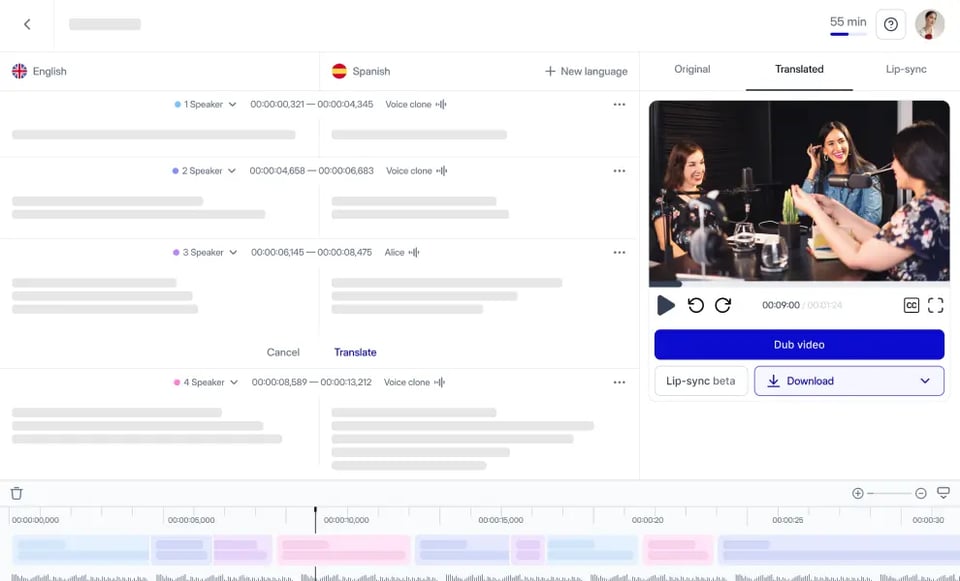

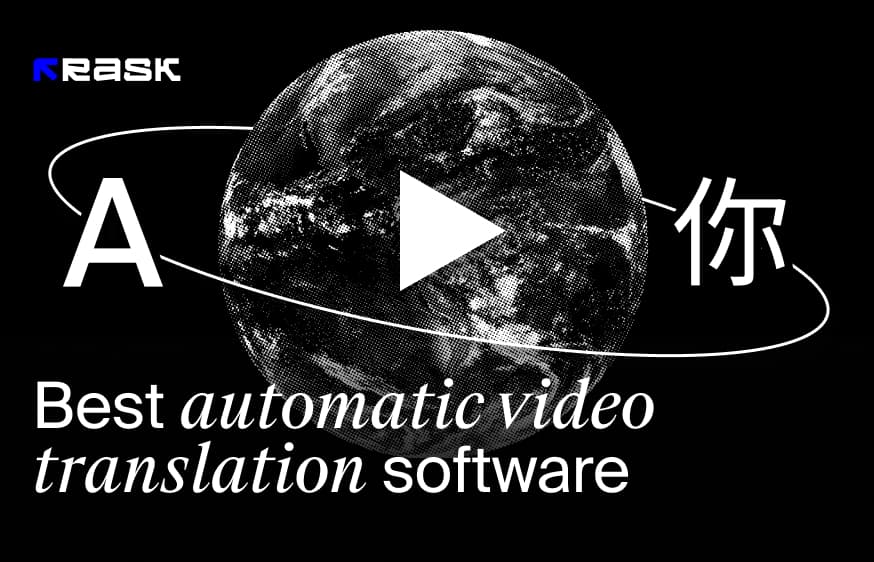
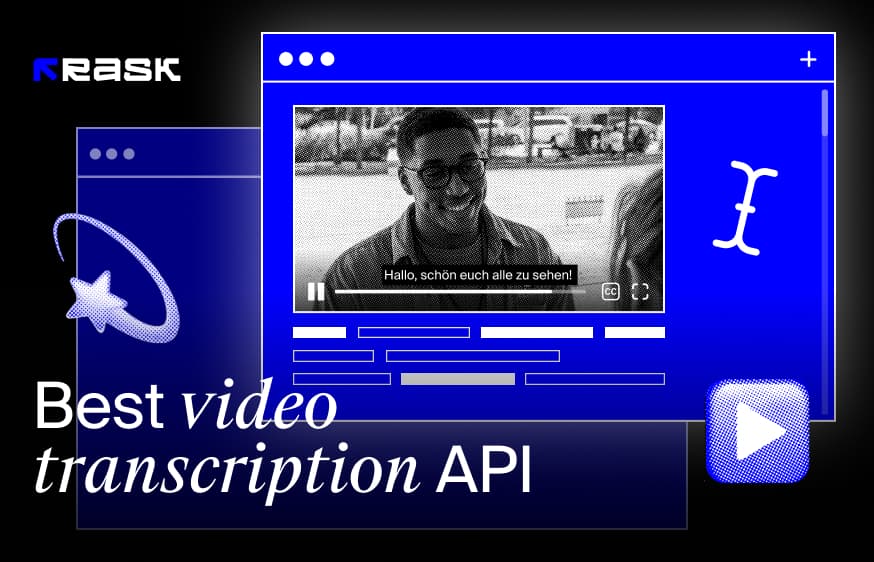

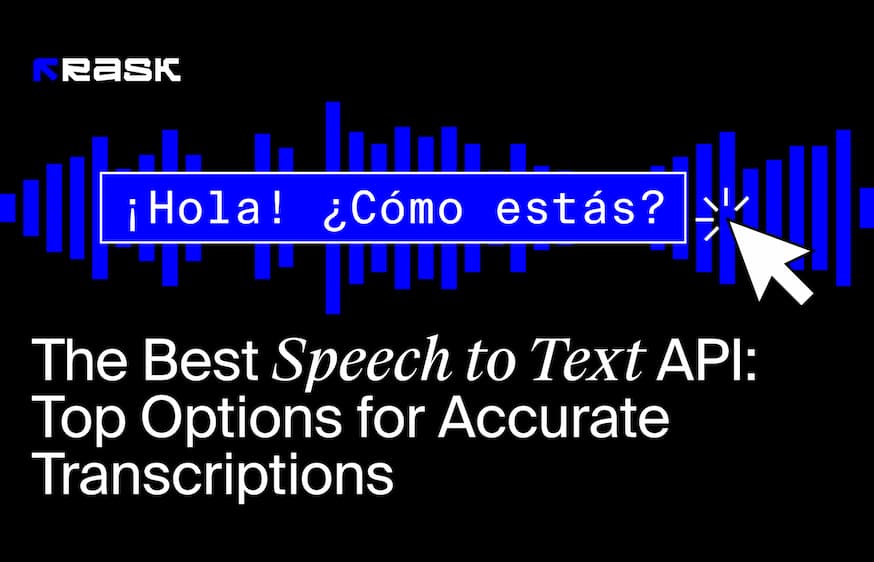

.jpg)
.webp)

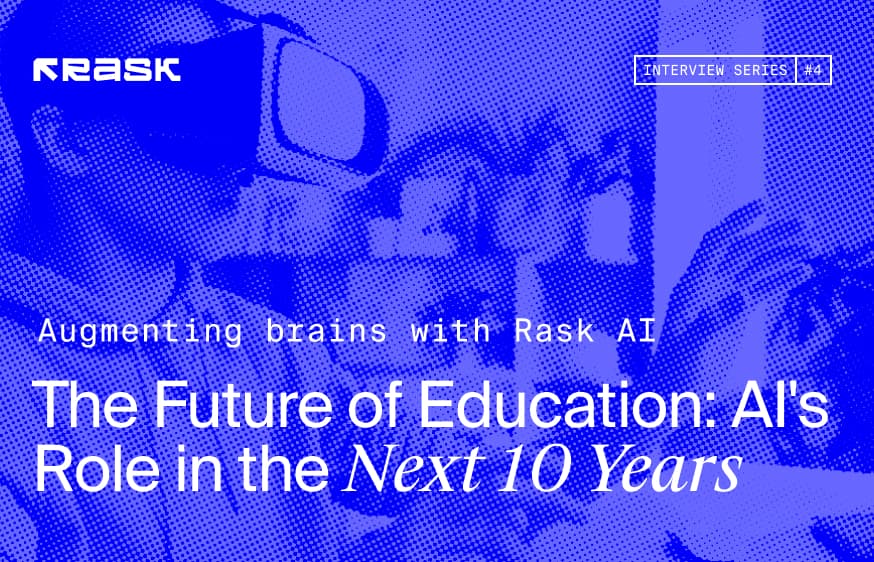
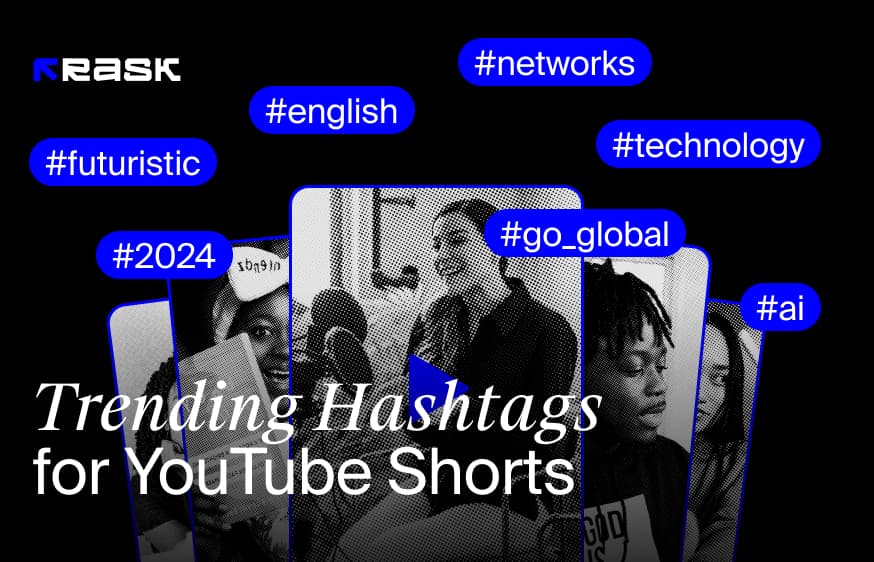
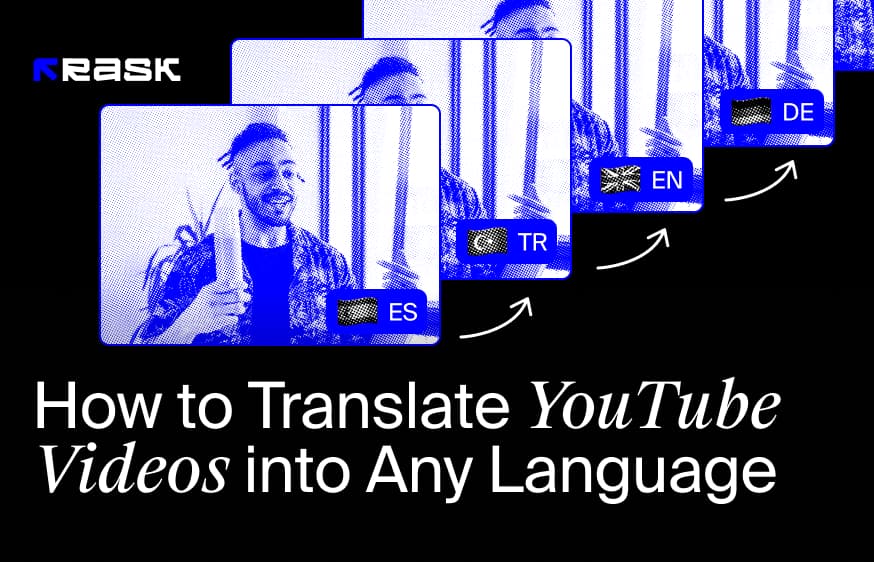
![콘텐츠 크리에이터를 위한 최고의 동영상 번역기 앱 8선 [2024년 중]](https://rask.ai/cdn-cgi/image/width=960,format=auto,fit=scale-down/https://cdn.prod.website-files.com/63d41bc99674c403e4a7cef7/6668a3dcd3175bd1d1c73c81_Best%20video%20translator%20apps%20cover.webp)
![비디오 현지화를 위한 최고의 AI 더빙 소프트웨어 [2024년 기준]](https://rask.ai/cdn-cgi/image/width=960,format=auto,fit=scale-down/https://cdn.prod.website-files.com/63d41bc99674c403e4a7cef7/66685014f68137eb05c89c16_Cover.webp)

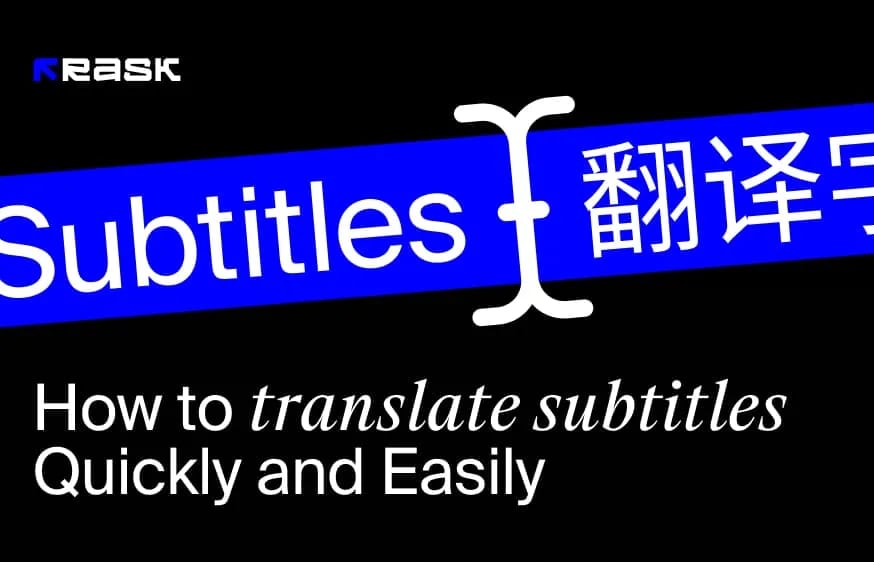
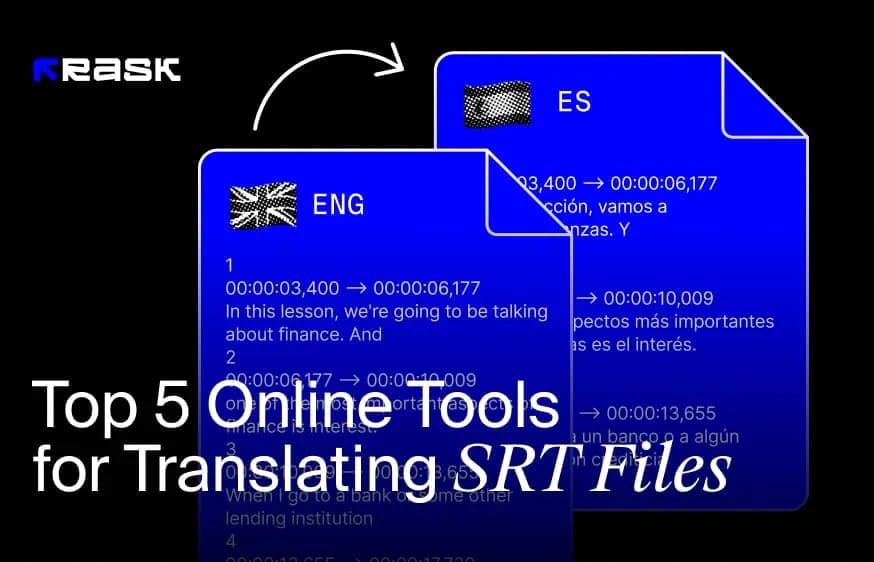

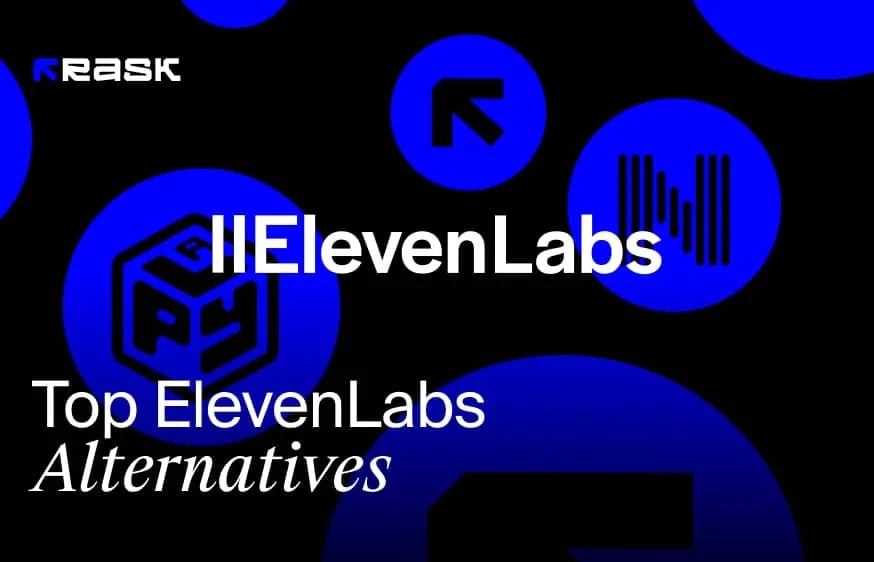
.webp)
